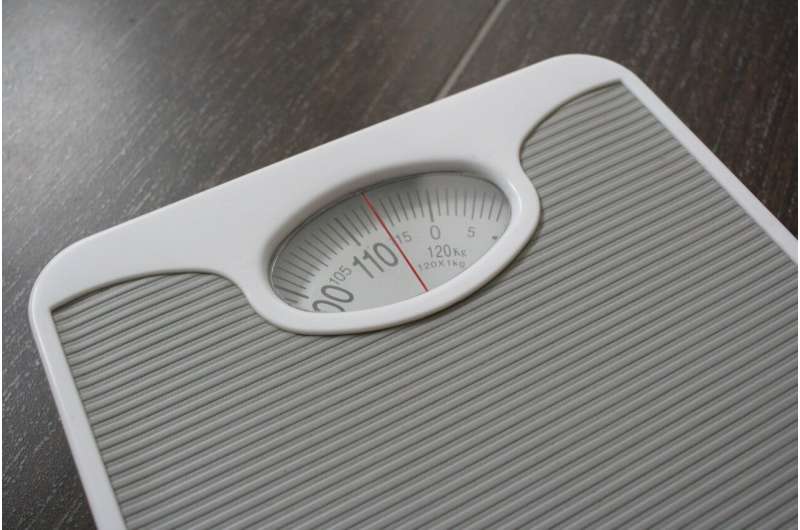Lithuanian Researchers Develop Innovative System for Post-Stroke Patient Monitoring

Lithuanian scientists have developed an advanced system for integrated post-stroke monitoring, enhancing long-term patient care through synchronized physiological measurements. This innovative technology aims to improve outcomes and manage neurological and cardiovascular health more effectively.
Lithuanian scientists have unveiled a cutting-edge integrated monitoring system designed to improve post-stroke patient care. Stroke remains a leading cause of long-term disability worldwide, with approximately 15 million individuals affected annually. Out of these, around 5 million succumb, while another 5 million live with permanent impairments. The urgency of effective post-stroke monitoring is underscored by the fact that every two seconds, someone experiences a stroke, and a life is lost every six seconds.
Prompt diagnosis and immediate treatment are critical, as timely intervention can save brain tissue. However, even after initial emergency care, continuous and detailed monitoring is essential to manage recovery and detect early signs of deterioration. Dr. Darius Jegelevičius from Kaunas University of Technology explains that stroke is a critical condition where ongoing assessment can influence outcomes.
To address this, researchers have developed a sophisticated system capable of simultaneously capturing multiple physiological signals pertinent to circulatory health. The device measures heart activity via electrocardiogram (ECG) and photoplethysmogram (FPG), physical movement through an inertial sensor, and cerebral blood flow using bioimpedance measurements. This comprehensive approach provides a detailed picture of the patient's circulatory state.
One of the key innovations lies in the system’s ability to synchronize these signals, offering insights into the entire circulatory process. While predicting stroke remains challenging, the system effectively monitors the body's responses, particularly changes in blood flow during and after a stroke, by analyzing bioimpedance — a measure of tissue resistance that varies with blood content.
Although it does not yet predict strokes with certainty, this technology aids in continuous monitoring during rehabilitation and long-term care. The data collected can be processed on-site or remotely, incorporating complex analyses to enhance understanding of circulatory dynamics. The device's design and methodology are protected under a European patent held jointly by Kaunas University of Technology, the Lithuanian University of Health Sciences, and Gruppo Fos Lithuania.
Researchers believe this system has the potential to expand beyond stroke management, offering valuable insights for various neurological and cardiovascular conditions. By providing detailed, real-time insights into circulatory health, this innovation marks a significant step forward in personalized, remote medical care.
Source: MedicalXpress
Stay Updated with Mia's Feed
Get the latest health & wellness insights delivered straight to your inbox.
Related Articles
Genetic Variant Significantly Increases Dementia Risk in Men, New Study Finds
A new study reveals that men with a common genetic variant have double the risk of developing dementia, highlighting the importance of genetic screening and personalized prevention strategies. source: https://medicalxpress.com/news/2025-05-common-gene-variant-dementia-men.html
Innovative Oral Treatment Mimics Gastric Bypass to Combat Obesity
A new oral medication, SYNT-101, shows promise in treating obesity by mimicking the metabolic effects of gastric bypass surgery, offering a safe and effective alternative to current therapies.
Innovative AI Algorithm Enhances Detection of Pancreatic Cancer Metastasis to Prevent Unnecessary Surgeries
A novel deep learning algorithm developed by CNIO accurately predicts metastasis in pancreatic cancer using routine imaging, helping to avoid unnecessary surgeries and improve treatment planning.
Q&A: Debunking 8 Common Myths About Back Pain
Learn the facts behind common misconceptions about back pain, including causes, treatments, and prevention tips to help you manage and protect your spinal health.



